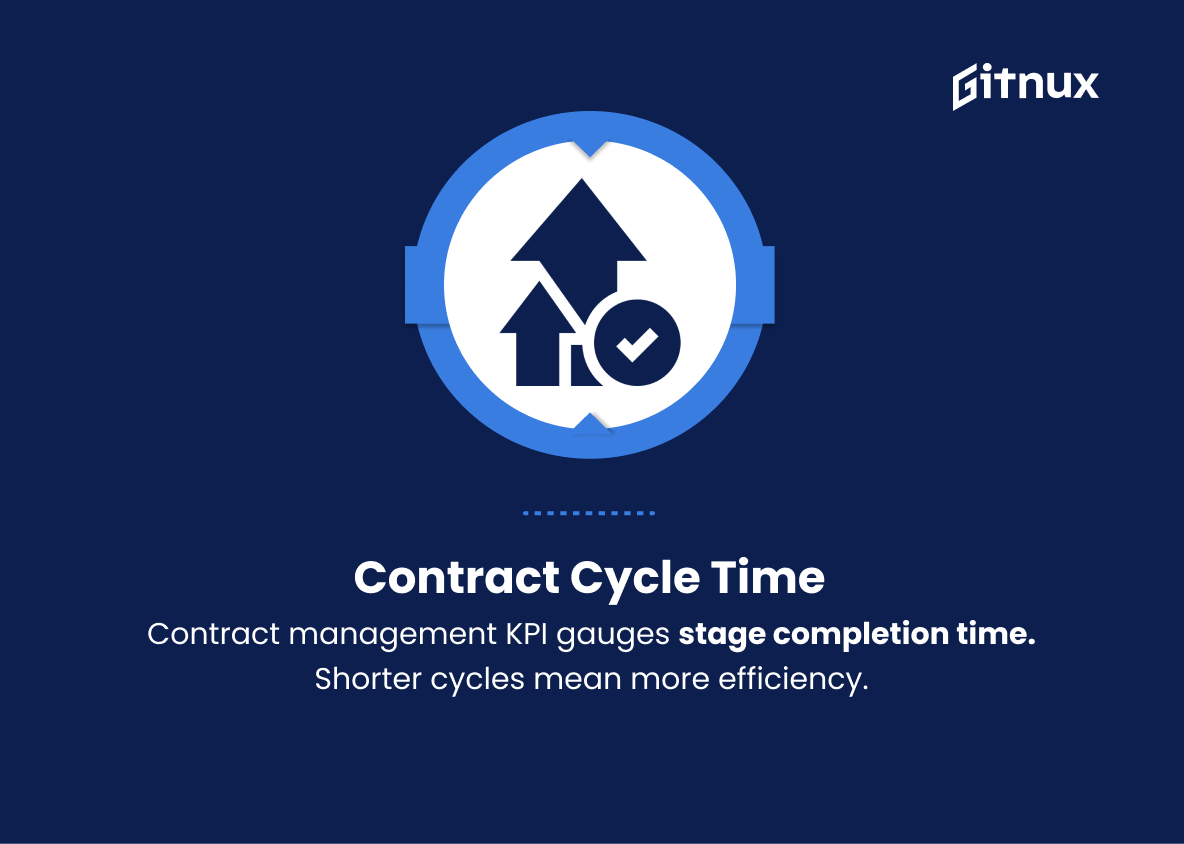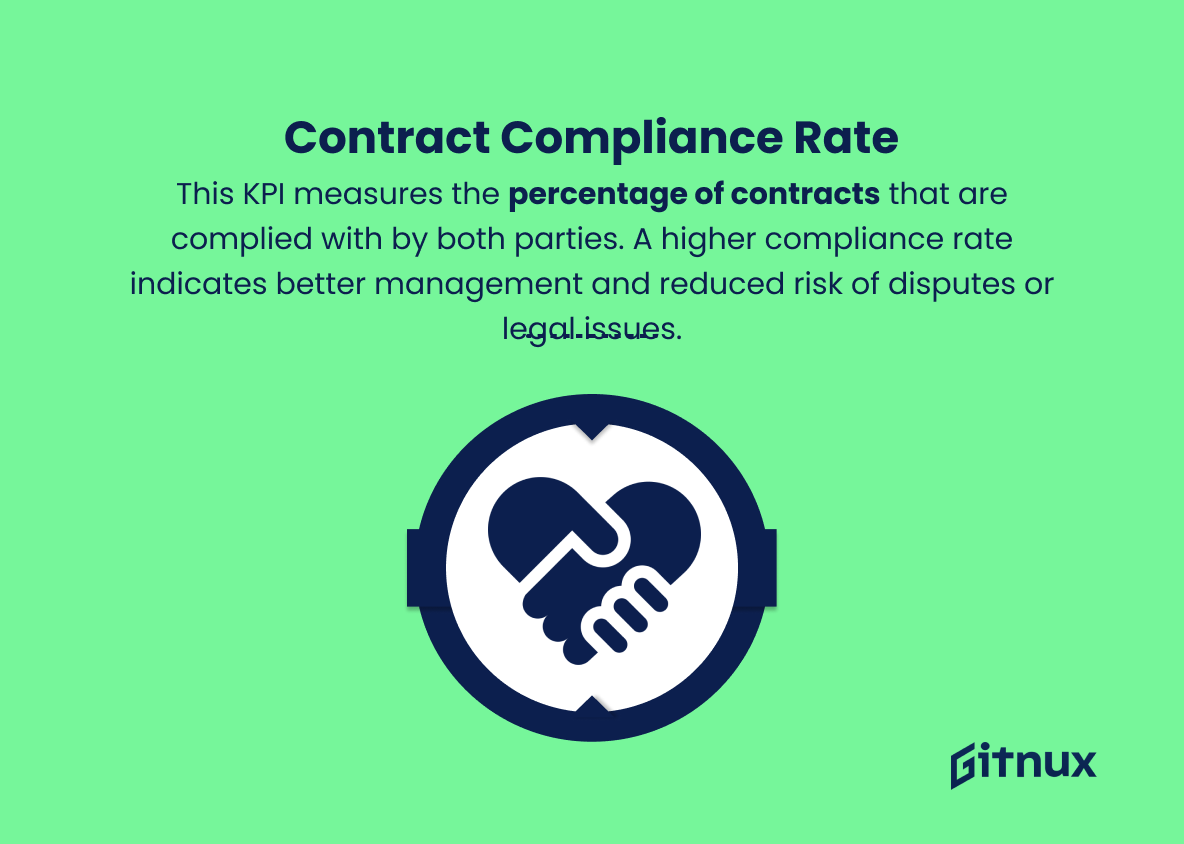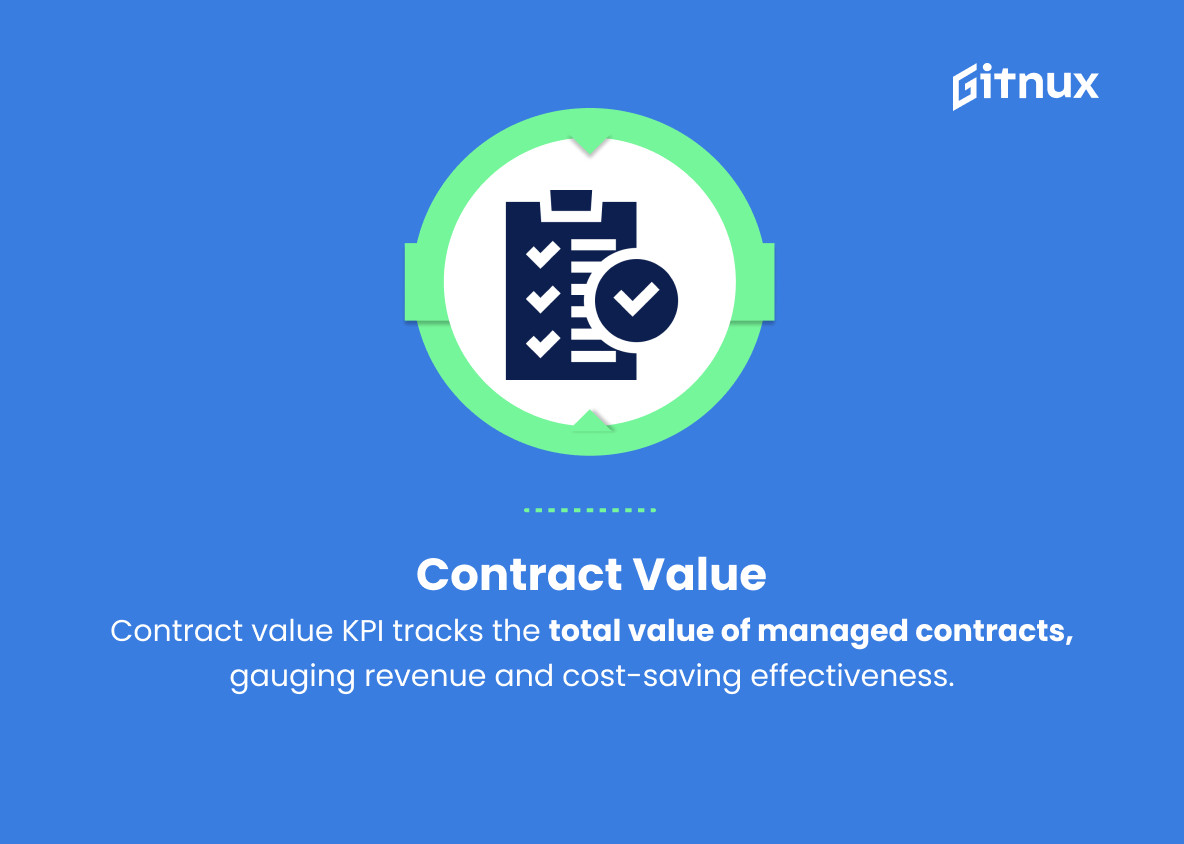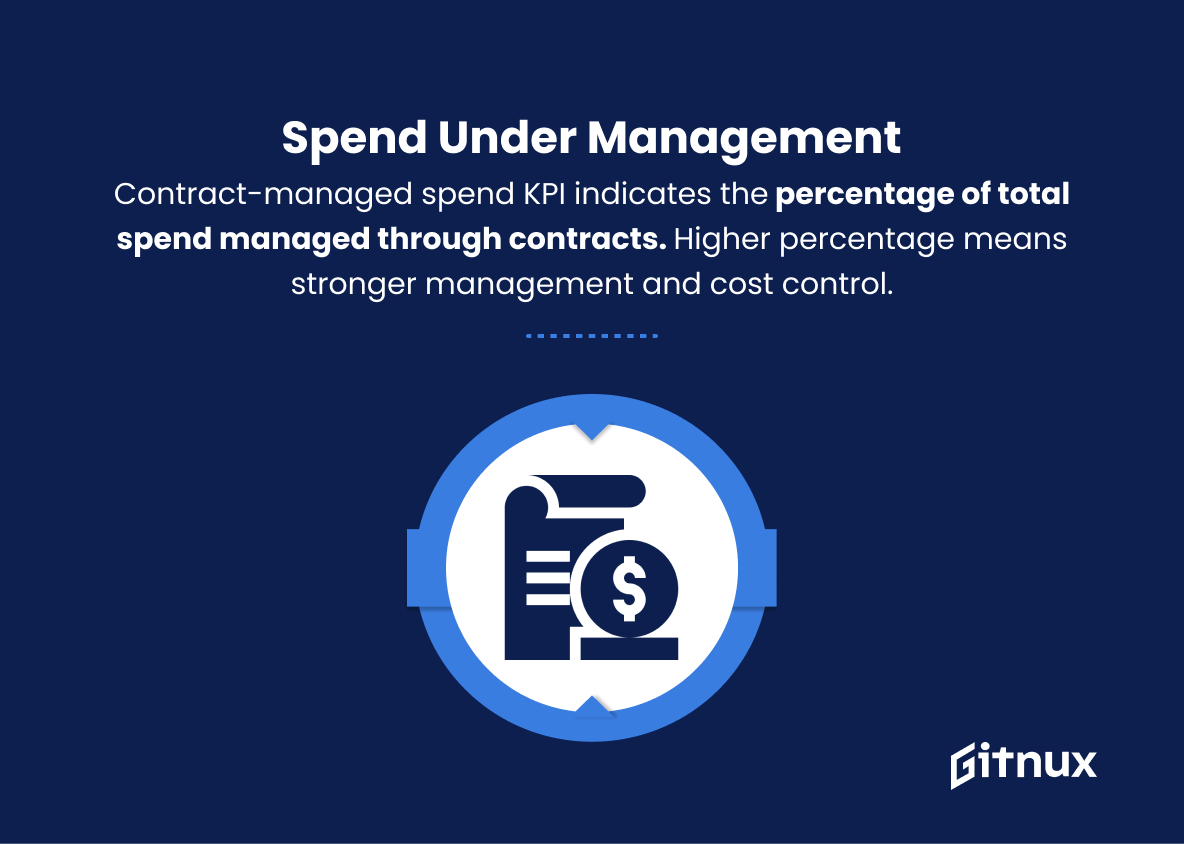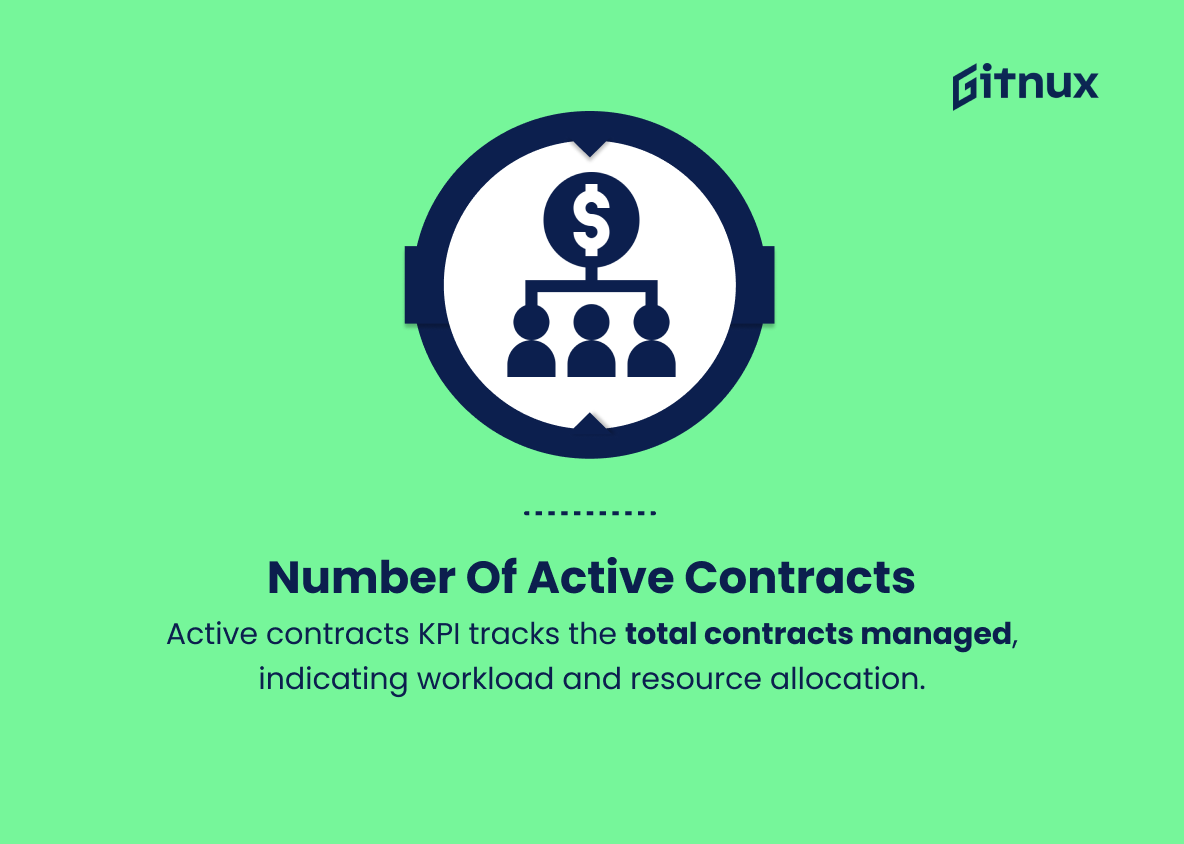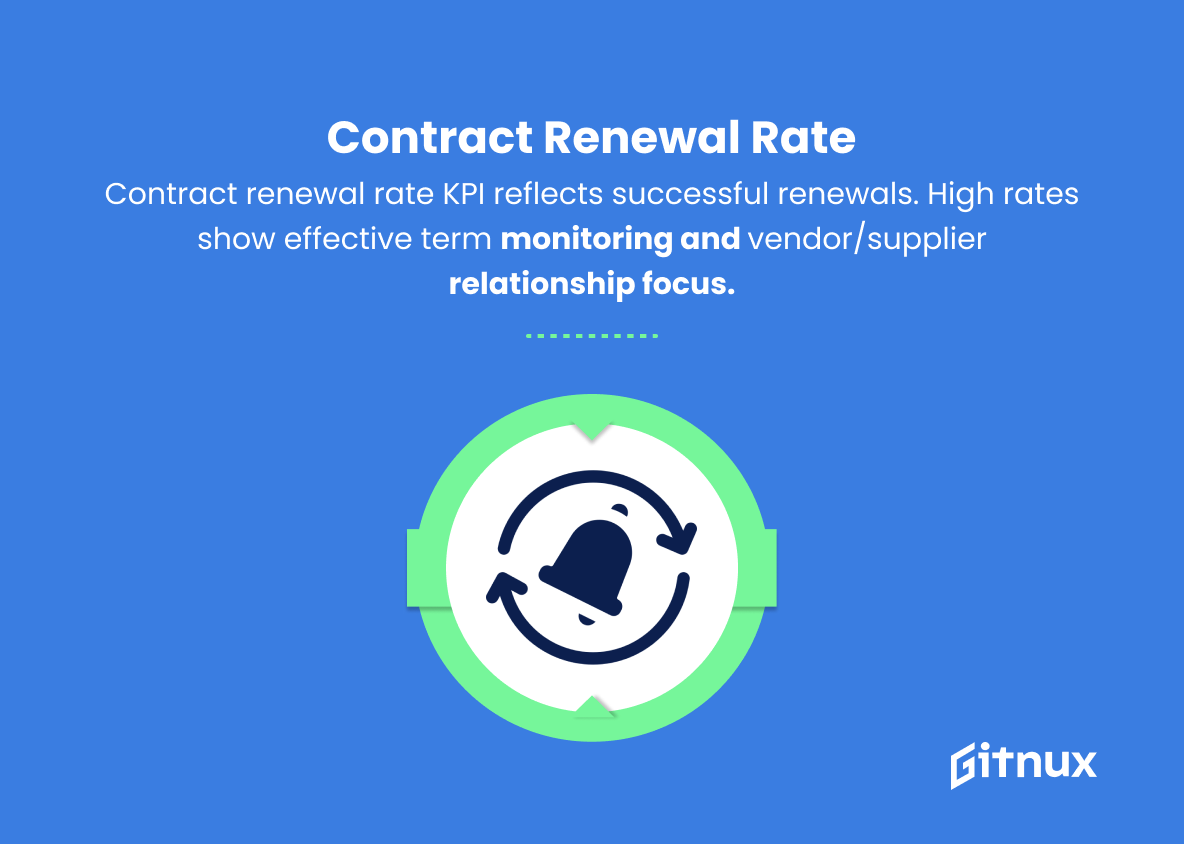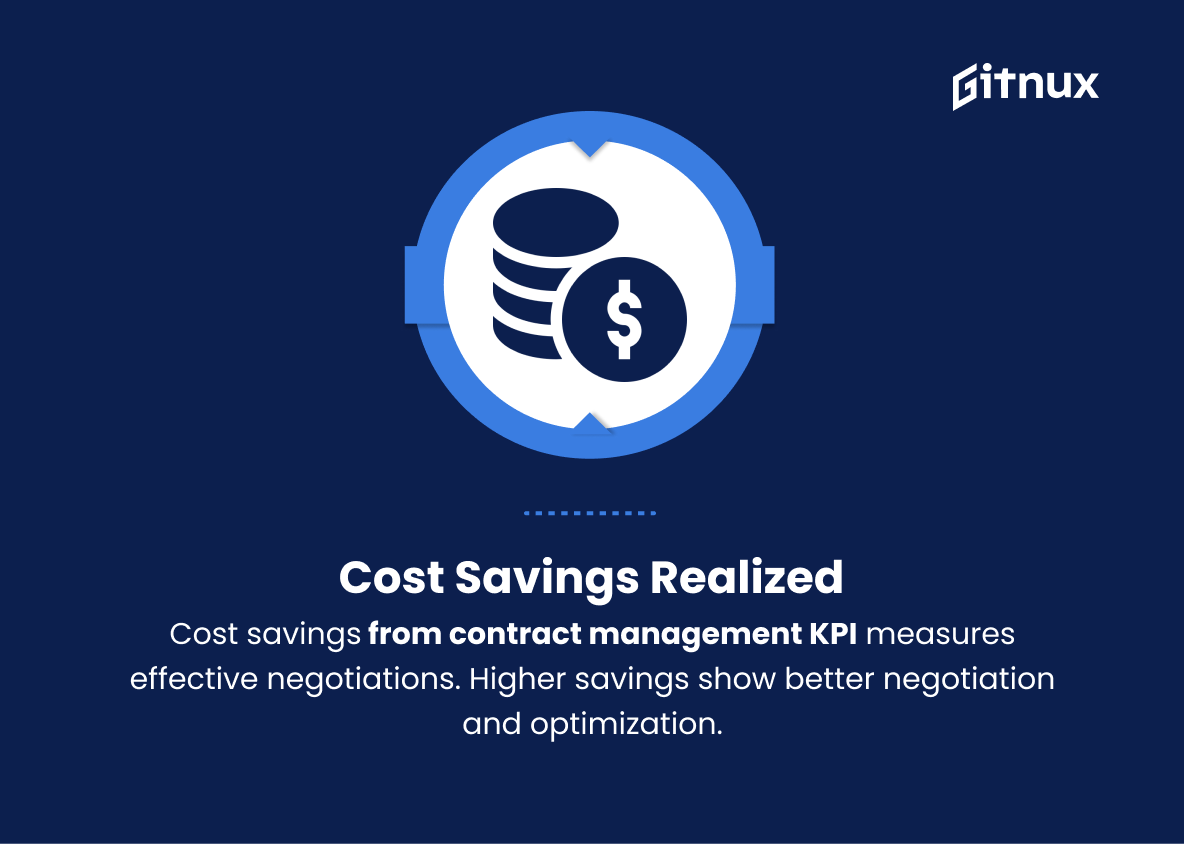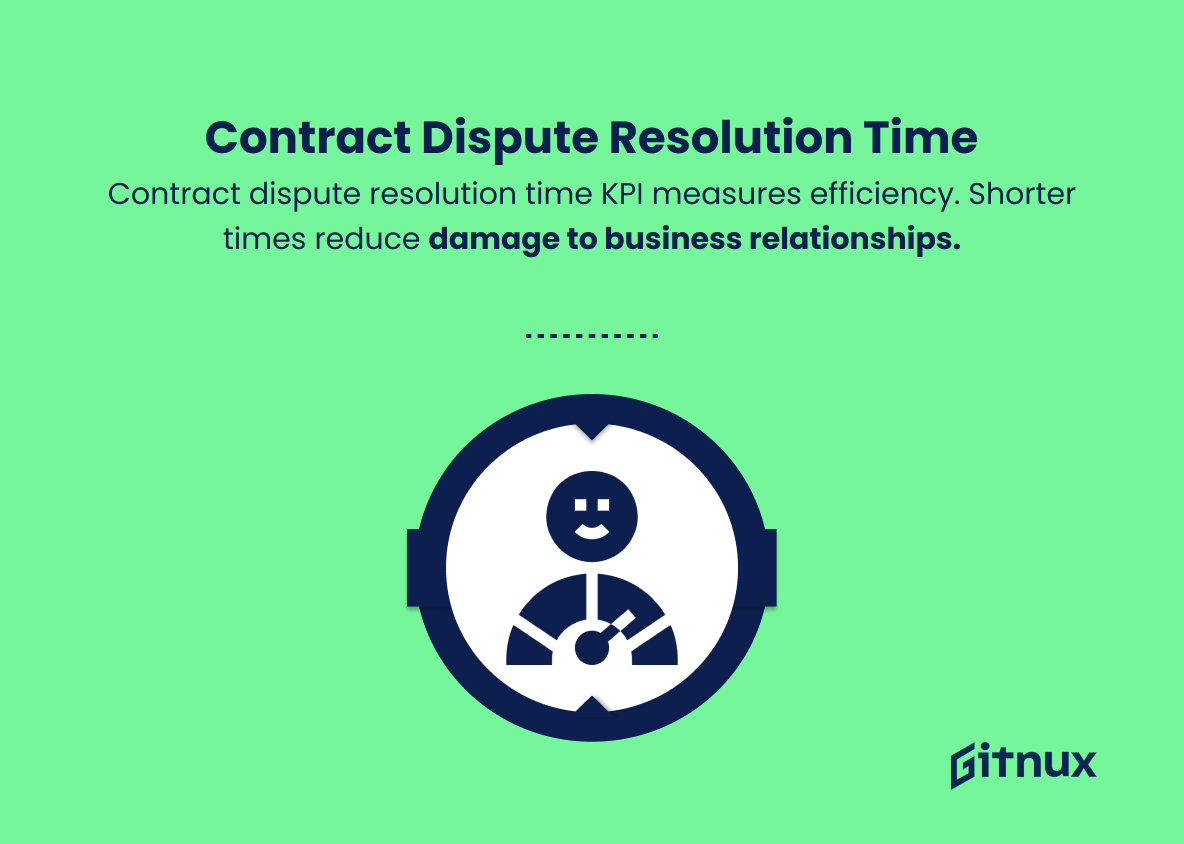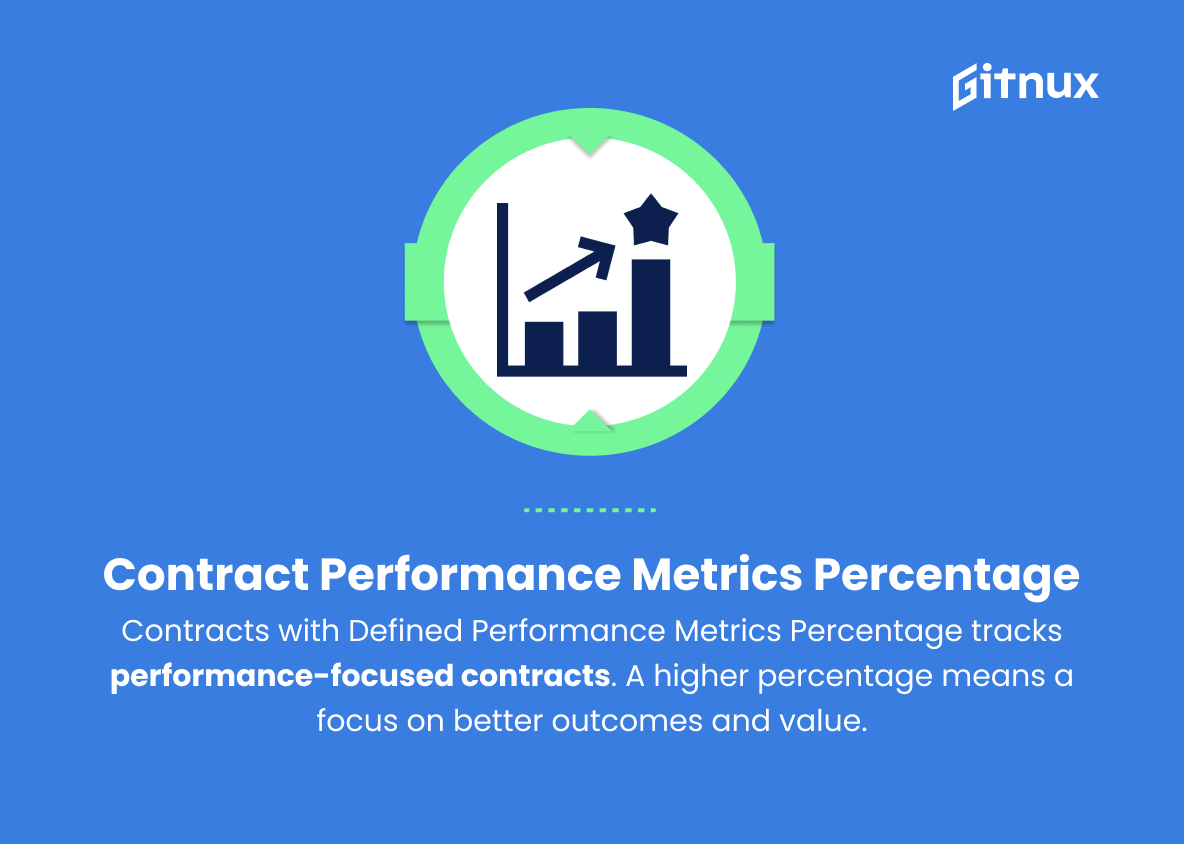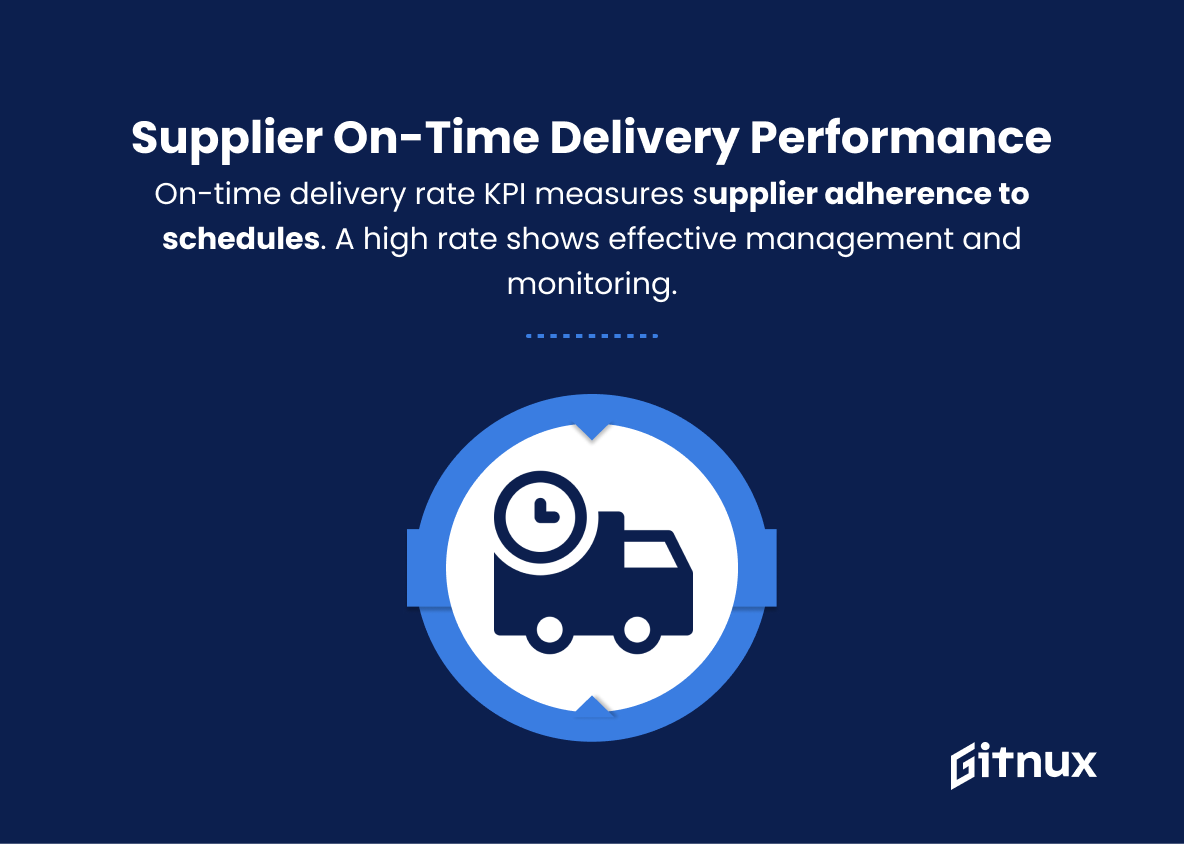In today’s rapidly evolving business landscape, effective contract management has become an indispensable aspect of organizational success. With an escalating emphasis on compliance, cost control, and driving strategic value, it’s more important than ever for companies to meticulously oversee their contracts throughout the entire lifecycle, from initiation to termination.
Key Performance Indicators (KPIs) are essential for measuring the performance and success of contract management processes, offering tangible insights into areas of excellence and opportunities for improvement. In this comprehensive blog post, we will delve into the crucial Contract Management KPIs every organization should track and monitor, shedding light on their significance and offering practical tips for optimizing contract management outcomes.
Contract Management KPIs You Should Know
1. Contract Cycle Time
This KPI measures the average time taken to complete each stage of the contract management process, from initiation to finalization. A shorter cycle time indicates a more efficient process.
2. Contract Compliance Rate
This KPI measures the percentage of contracts that are complied with by both parties. A higher compliance rate indicates better management and reduced risk of disputes or legal issues.
3. Contract Value
This KPI measures the total monetary value of all contracts managed. Tracking contract value helps determine the effectiveness of contract management efforts in generating revenue or cost savings.
In today’s rapidly evolving business landscape, effective contract management has become an indispensable aspect of organizational success.4. Spend Under Management
This KPI measures the percentage of total organizational spend that is managed through contracts. A higher percentage indicates a more robust contract management process and increased cost control.
5. Number of Active Contracts
This KPI measures the total number of contracts currently being managed. Tracking the volume of active contracts helps gauge the workload and resource allocation of the contract management team.
Contract Management KPIs play a crucial role in ensuring the efficiency and effectiveness of an organization’s contract management process.6. Contract Renewal Rate
This KPI measures the percentage of contracts that are successfully renewed before expiration. A high renewal rate indicates effective monitoring of contract terms and a focus on long-term relationships with vendors and suppliers.
7. Cost Savings Realized
This KPI measures the amount of cost savings generated through effective contract negotiations and management. Higher cost savings indicate better negotiation skills and contract optimization.
8. Contract Dispute Resolution Time
This KPI measures the average time taken to resolve contract disputes or issues. A shorter resolution time indicates a more efficient contract management process and reduces potential damage to business relationships.
9. Percentage of Contracts with Performance Metrics
This KPI measures the proportion of contracts that include clearly defined performance metrics and objectives. A higher percentage indicates a focus on performance-based contracts, which can drive better outcomes and value for money.
10. Supplier On-Time Delivery Performance
This KPI measures the percentage of goods or services delivered by suppliers as per the agreed-upon schedule in the contract. A high on-time delivery rate indicates effective contract management and supplier performance monitoring.
11. Contract Risk Exposure
This KPI measures the level of risk associated with the organization’s contract portfolio. A lower risk exposure indicates better risk management strategies and a reduced likelihood of negative consequences from contract-related issues.
Contract Management KPIs Explained
Contract management KPIs play a critical role in ensuring the efficiency and effectiveness of an organization’s contract management process. Tracking these KPIs, such as contract cycle time, compliance rate, value, spend under management, number of active contracts, renewal rate, cost savings realized, dispute resolution time, percentage of contracts with performance metrics, supplier on-time delivery performance, and contract risk exposure, enables organizations to monitor and optimize their contract management efforts.
These metrics provide insight into the effectiveness of contract negotiations, vendor relationship management, contract compliance, cost savings, risk exposure, and overall contract management team performance. By measuring these KPIs, organizations can identify areas for improvement, reduce the risk of disputes or legal issues, improve cost control, and ultimately achieve better results and value from their contract management process.
Conclusion
In summary, effective contract management relies heavily on a robust set of KPIs to monitor and track each phase of the contract lifecycle. Establishing these KPIs ensures that organizations are proactively managing contracts and deriving maximum value and benefit from their agreements. By focusing on critical issues such as contract compliance, financial performance, risk mitigation and process efficiency, organizations can improve their contract management processes and achieve their strategic goals.
Implementing a comprehensive KPI framework not only helps identify areas for improvement, but also fosters a culture of transparency and accountability within the organization. Ultimately, successful contract management is a collaborative effort that requires constant monitoring and analysis, and the use of KPIs ensures that organizations stay ahead in today’s complex and competitive landscape.
